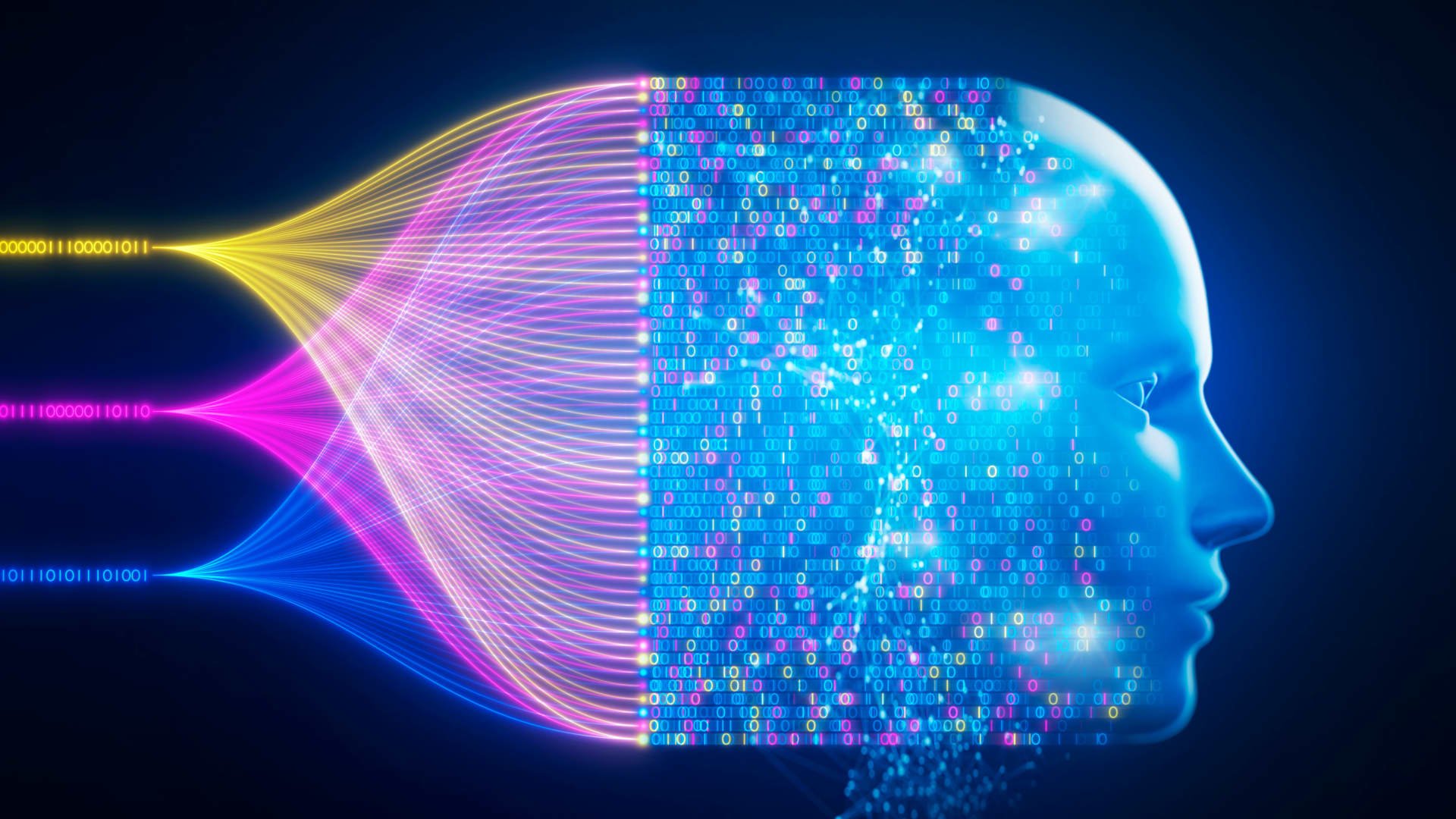Let’s talk about something that’s sparking heated debates in tech circles and beyond—AI undress. This technology, which uses artificial intelligence to digitally remove clothing from images, has raised eyebrows, concerns, and questions about privacy, consent, and ethics. Whether you’re a tech enthusiast, a privacy advocate, or just curious about the latest advancements in AI, this topic is worth your attention.
AI undress isn’t just another buzzword; it’s a real phenomenon with real-world implications. From its origins in deepfake technology to its current use cases, this innovation is reshaping how we think about digital privacy and consent. But here’s the kicker—it’s not all sunshine and rainbows. The potential for misuse is significant, and that’s where the controversy kicks in.
In this article, we’ll break down everything you need to know about AI undress. We’ll explore how it works, why it’s controversial, and what it means for the future of digital privacy. So grab a cup of coffee, settle in, and let’s dive into the world of AI undress together.
- Olivia Bensons Svu Legacy 25 Years Of Memorable Moments
- Untold Story Andy Gibbs Child Legacy Revealed
What Exactly is AI Undress?
Let’s start with the basics. AI undress refers to the use of artificial intelligence algorithms to digitally manipulate images or videos by removing clothing from individuals. It’s essentially an advanced form of deepfake technology that leverages machine learning to generate realistic results. But here’s the thing—it’s not just about creating fun filters for social media; it’s about the ethical implications of such technology.
At its core, AI undress relies on neural networks trained on vast datasets of images. These networks learn patterns, textures, and human anatomy to create realistic outputs. While the technology itself is impressive, the way it’s used can be problematic. Imagine someone using this tech to create non-consensual content—that’s where the trouble begins.
How Does AI Undress Work?
Now, let’s get into the nitty-gritty of how AI undress works. The process involves several steps:
- Boosie Badazz Net Worth What Is Boosie Worth 2024 Update
- Yo Gotti Rise Cmg Amp The Young Dolph Trial Bombshell
- Data Collection: Neural networks are trained on large datasets of images, including both clothed and unclothed subjects.
- Training Models: The AI learns to recognize patterns and predict how a person might look without clothing.
- Image Manipulation: Once trained, the AI can take a new image and generate a realistic version with clothing removed.
- Post-Processing: The final output is refined to ensure realism and coherence.
It’s important to note that the quality of the output depends heavily on the data used to train the AI. Poorly trained models can produce unrealistic or distorted results. However, with advancements in technology, these models are becoming increasingly sophisticated.
Why is AI Undress Controversial?
Here’s the big question—why is AI undress causing so much controversy? The answer lies in its potential for misuse. While the technology itself isn’t inherently bad, it can be weaponized to create non-consensual content, leading to privacy violations and harm to individuals.
Think about it. Someone could take a picture of you from a public event, run it through an AI undress program, and share the altered image online without your permission. That’s a violation of consent and privacy, plain and simple. And unfortunately, this isn’t just a hypothetical scenario—it’s already happening.
Legal and Ethical Concerns
From a legal standpoint, the waters are murky. Laws surrounding digital privacy and consent vary widely across countries. In some places, creating or distributing non-consensual content is illegal, while in others, the laws are lagging behind technological advancements.
Ethically speaking, the use of AI undress raises serious questions about consent, autonomy, and respect for individuals. It’s one thing to use AI for artistic or educational purposes, but quite another to use it to harm or exploit others.
The Evolution of AI Undress Technology
AI undress didn’t just pop up overnight. It’s part of a broader trend in AI-driven image manipulation. Let’s take a quick trip down memory lane to see how we got here.
In the early days of AI, researchers focused on basic image recognition tasks. Over time, advancements in machine learning and neural networks enabled more complex applications, like deepfakes and AI undress. The technology has come a long way, but so have the concerns surrounding its use.
Key Milestones in AI Undress Development
- 2010s: Early experiments with image manipulation using neural networks.
- 2017-2018: Deepfake technology gains attention, paving the way for more advanced applications.
- 2020s: AI undress becomes a reality, sparking widespread debate.
Each milestone represents a step forward in technology, but also a step into uncharted ethical territory. As AI continues to evolve, the challenges it presents will only grow more complex.
The Impact on Privacy and Consent
Let’s talk about the elephant in the room—privacy. AI undress has the potential to severely impact individuals’ privacy rights. When someone uses this technology without consent, it’s not just a harmless prank; it’s a violation of trust and autonomy.
Consent is at the heart of this issue. In a world where digital content can be created and shared with a few clicks, ensuring that individuals have control over their own image is more important than ever. But how do we achieve that? That’s the million-dollar question.
Steps to Protect Your Privacy
Here are a few tips to help you protect your privacy in the age of AI undress:
- Be cautious about sharing personal photos online.
- Use privacy settings on social media platforms to control who can see your content.
- Stay informed about the latest developments in AI and digital privacy.
While these steps won’t eliminate the risk entirely, they can help reduce your exposure to potential threats.
Case Studies: Real-World Examples of AI Undress
To better understand the impact of AI undress, let’s look at some real-world examples. These case studies highlight both the potential benefits and dangers of this technology.
Case Study 1: Artistic Expression
In some cases, AI undress has been used for artistic purposes. Artists have leveraged the technology to create thought-provoking pieces that challenge societal norms and explore themes of identity and privacy. While controversial, these applications demonstrate the creative potential of AI undress.
Case Study 2: Non-Consensual Content
On the flip side, there are numerous examples of AI undress being used to create non-consensual content. These cases highlight the darker side of the technology and the urgent need for better regulation and enforcement.
The Role of Governments and Tech Companies
So, who’s responsible for addressing the challenges posed by AI undress? The answer lies with both governments and tech companies. Governments need to update laws to reflect the realities of the digital age, while tech companies must take steps to prevent misuse of their platforms.
Some companies have already taken action by banning AI undress tools from their platforms. Others are working on developing ethical guidelines for AI use. But there’s still a long way to go.
What Can Be Done?
Here are a few ideas for addressing the AI undress challenge:
- Implement stricter regulations on AI development and usage.
- Encourage tech companies to prioritize ethical considerations in their products.
- Support initiatives aimed at educating the public about digital privacy and consent.
By working together, we can create a safer digital environment for everyone.
The Future of AI Undress
Looking ahead, the future of AI undress is uncertain. On one hand, advancements in technology could lead to even more sophisticated applications. On the other hand, increased awareness and regulation may help curb its misuse.
One thing is clear—this technology isn’t going away anytime soon. The key will be finding a balance between innovation and responsibility. As society continues to grapple with the implications of AI undress, the conversation will only grow more important.
Conclusion: Where Do We Go From Here?
In conclusion, AI undress is a complex and controversial topic with far-reaching implications. While the technology itself is impressive, its potential for misuse raises serious concerns about privacy and consent. As we’ve explored in this article, the challenges posed by AI undress are significant, but not insurmountable.
Here’s what you can do to make a difference:
- Stay informed about the latest developments in AI and digital privacy.
- Advocate for stronger regulations and ethical guidelines.
- Support initiatives aimed at protecting digital rights and consent.
Together, we can work towards a future where technology enhances our lives without compromising our values. So, what’s your take on AI undress? Leave a comment below and let’s keep the conversation going.
Table of Contents
- What Exactly is AI Undress?
- How Does AI Undress Work?
- Why is AI Undress Controversial?
- The Evolution of AI Undress Technology
- The Impact on Privacy and Consent
- Case Studies: Real-World Examples of AI Undress
- The Role of Governments and Tech Companies
- The Future of AI Undress
- Conclusion: Where Do We Go From Here?
- Jordan Spieth 2024 Stats Earnings Net Worth Golf News
- Tommie Lee Tommy Lee Net Worth Whos Richer 2025 Update


